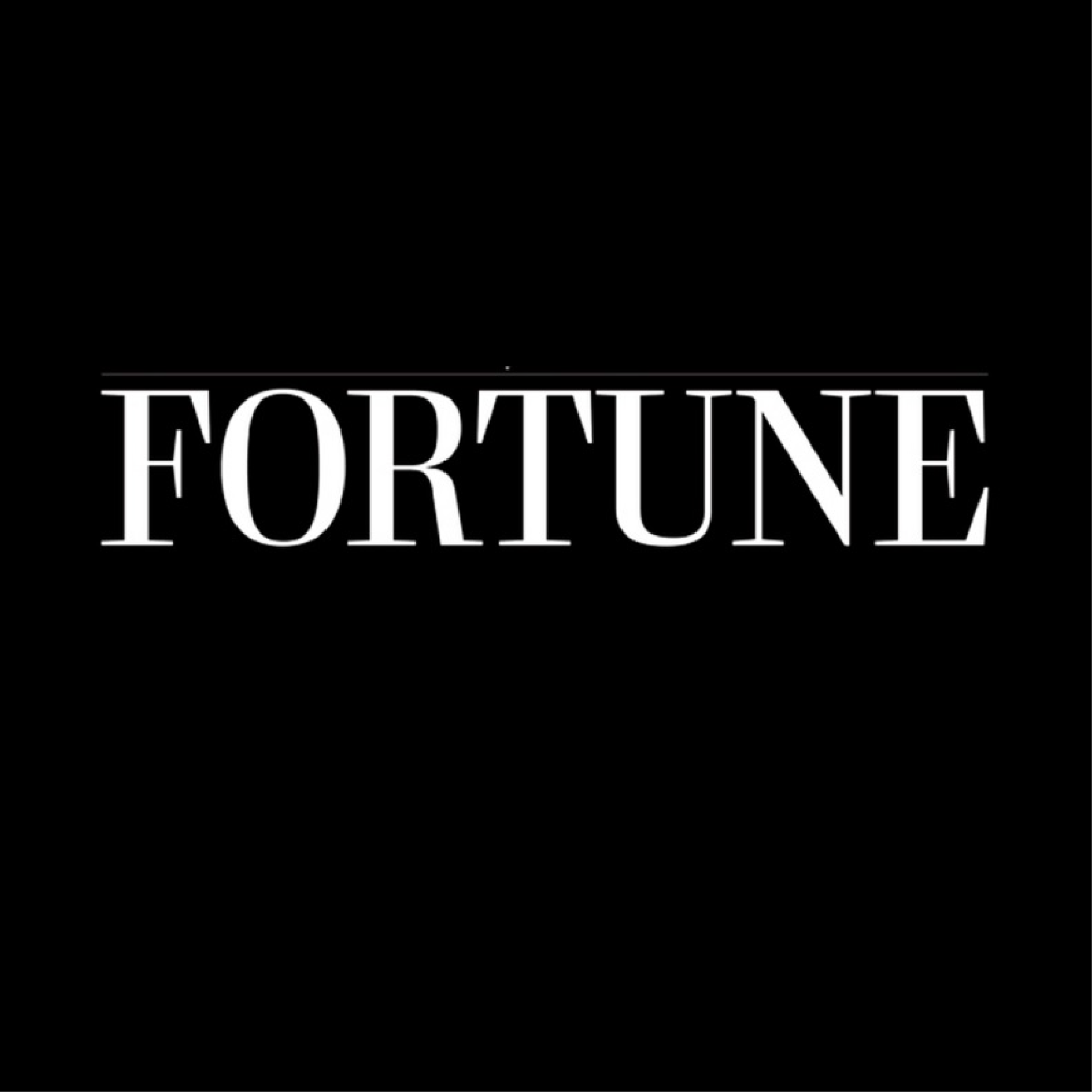IBM, J.P. Morgan, and Others Build a New Blockchain For Business
Bitcoin is out and the Open Ledger Project is in.
IBM, Intel, J.P. Morgan and several other big banks are among those making a big bet on blockchain, the distributed transaction processing engine behind cryptocurrencies such as Bitcoin. The companies have joined forces to create the Open Ledger Project with the Linux Foundation, with the goal of re-imagining supply chains, contracts and other ways information about ownership and value are exchanged in a digital economy.
IBM is contributing thousands of lines of existing code based on its research into the blockchain based on a years-long research effort. Digital Asset, a company that makes software for designing blockchains, is contributing the Hyperledger name to the project, which will be used for branding the effort, as well as code and developer resources.
The Open Ledger Project isn’t proposing another cryptocurrency, but rather wants to use blockchain technology to create tools to allow businesses to build a distributed ledger for anything they can dream up–from exchanging automotive titles in seconds to paying retail suppliers when a sale is made.
Because the ledger is both connected and distributed, it is easy to track changes to the database and difficult to forge entries or delete them. Honduras uses the technology to track land titles and musicians use using itto let fans pay them directly for songs.
Jerry Cuomo, an IBM Fellow working with the Open Ledger Project, says he wants to help create a distributed ledger to offer businesses privacy, confidentiality and accountability. In many cases when customers came to IBM considering something like Ethereum or Bitcoin, they are worried about their data being stored in the larger community. Even big banks are cautiouslyembracing blockchain, as opposed to Bitcoin.
One of the options the Open Ledger Project tech provides is a way to limit the community of users who have access to the ledger. A company that chooses to implement a version of an Open Ledger blockchain can elect to use rules that determine who can generate transactions and even authenticate them. In Bitcoin for example, anyone who can do the mining work required to generate a Bitcoin generates a transaction. There’s no velvet rope or possibility of a closed door.
But to make blockchain for business, this element of limiting participation was essential.
“I don’t have a strong opinion on cryptocurrencies, but I have a strong opinion on the blockchain as a solution for contracts and supply chains and the internet of things, Cuomo says. “I think Bitcoin is an interesting application for blockchain but there are thousands of applications and wider use cases beyond that.”
Cuomo imagines a use case where a car buyer will one day purchase a new vehicle and, while signing the paperwork, the new title is issued, her insurance is updated and the money transfers are moved to the appropriate accounts, all before she drives the car off the lot. Because the technology will be available through the Linux Foundation, developers at the DMV could find code for building a title-tracking block chain and adapt it to their needs at a lower cost, than hiring specialists to build it for them.
The bank might have a different bloc chain-based system in place for transferring loan information and another for moving money. Those two could overlap. Cuomo says these systems could eventually form a web. It sounds complicated, but so is the current world of moving money and global trade.
“I don’t believe there will be one blockchain to rule them all,” Cuomo said.
Companies involved also include Accenture, ANZ Bank, Cisco CSCO -0.90% , CLS, Credits, Digital Asset, Fujitsu, Initiative for CryptoCurrencies and Contracts, IBM IBM -1.35% , Intel INTC -0.48% , London Stock Exchange Group, Mitsubishi UFJ Financial Group, State Street cSTT , SWIFT, VMware VMW -0.97% and Wells Fargo WFC 0.14% .
